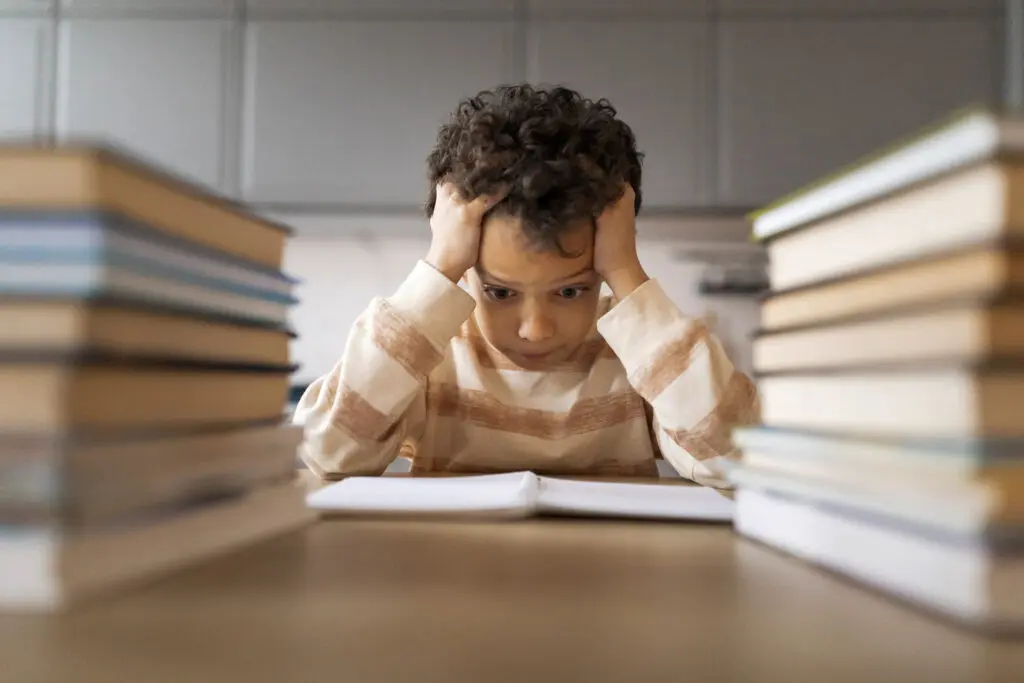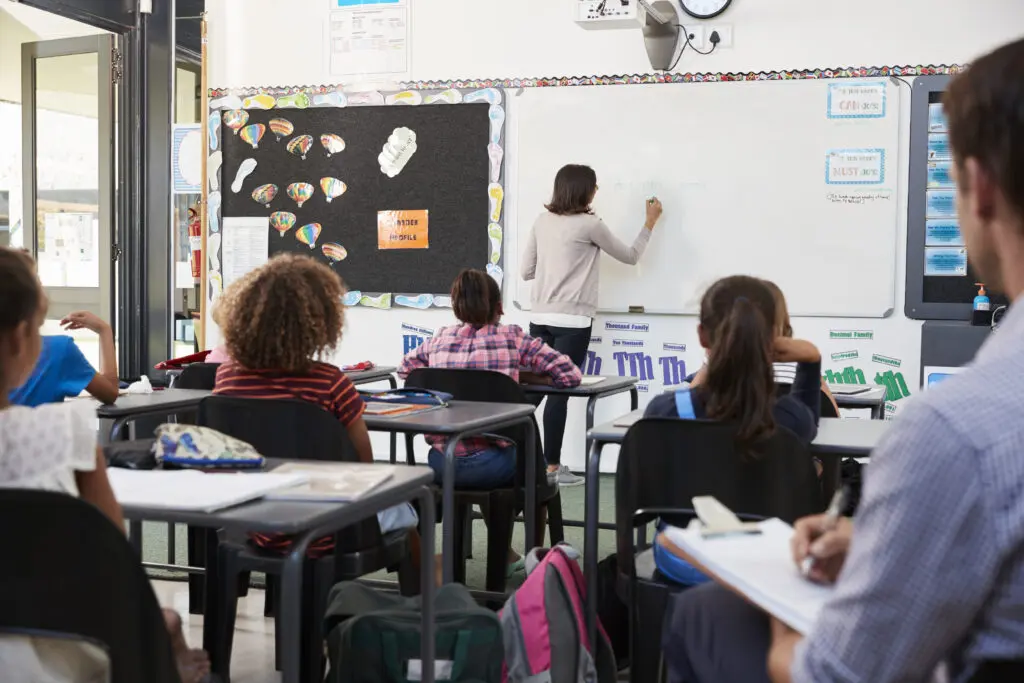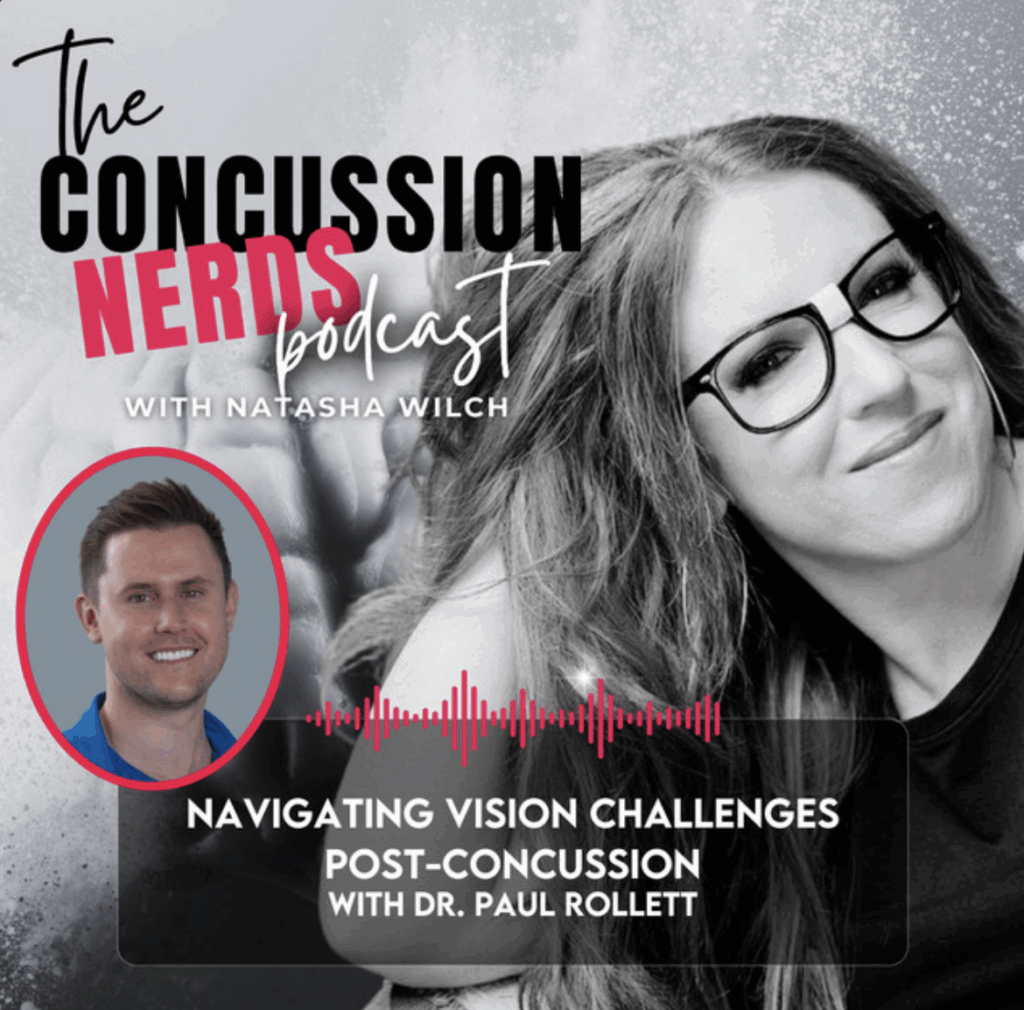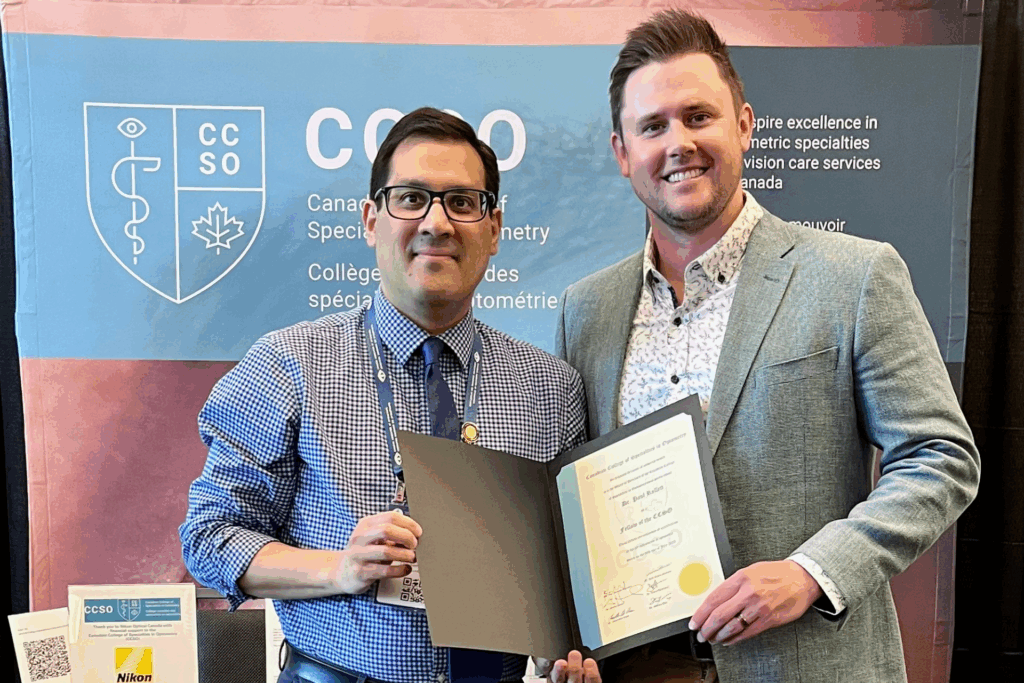Dyslexia is a common learning difficulty that primarily affects skills involved in reading, spelling, and writing. While it is typically characterized as a language-based disorder, recent insights suggest that visual function plays a larger role than previously recognized. For parents, educators, and healthcare providers, understanding the full picture – including how vision contributes to reading challenges – is essential in order to deliver effective support and avoid misdiagnosis.
What Is Dyslexia?
Dyslexia affects approximately 10–15% of the population and is typically diagnosed in childhood when a child shows persistent difficulties in reading accuracy, fluency, and comprehension despite normal intelligence and appropriate educational opportunities. Children with dyslexia may reverse letters, skip words, struggle to decode unfamiliar words, or take longer to complete reading tasks.
The underlying causes of dyslexia are thought to be related to how the brain processes language. However, the symptoms can also overlap with other conditions – especially those involving vision – which can complicate diagnosis and treatment.
The Visual Component of Reading
Reading is a visually demanding task that relies not only on the ability to see clearly but also on the brain’s capacity to interpret and coordinate what the eyes perceive. Several visual functions are critical for efficient reading:
- Binocular vision: the ability of both eyes to work together as a team
- Accommodation: the eyes’ ability to shift focus between near and far objects
- Tracking: the ability to smoothly and accurately follow a line of text
- Visual processing: the brain’s ability to interpret and make sense of visual input
If any of these systems are underperforming, a child may struggle to read efficiently, leading to symptoms that closely resemble dyslexia.
When It’s Not Dyslexia: The Impact of Binocular Vision Disorders
Binocular vision disorders, such as convergence insufficiency or poor eye teaming, can cause a child to experience double vision, blurred vision, headaches, and difficulty concentrating on near tasks. These symptoms are especially problematic when reading, where sustained focus and precise coordination are required.
In some cases, these visual issues can lead to false positives in dyslexia diagnoses. For instance, a child who struggles to keep their place on a page, tires easily when reading, or avoids reading altogether may be labeled as dyslexic – when, in fact, they have an undiagnosed binocular vision problem.
This is why a comprehensive vision examination by an optometrist with a special interest in binocular vision is critical when evaluating a child for reading-related learning difficulties. Traditional vision screenings often miss these functional issues, as they typically only assess distance clarity (20/20 vision) and not how well the eyes work together during reading.
The Role of Vision Therapy
Vision therapy is a structured program that helps individuals improve the efficiency and coordination of their visual systems. It is often compared to physical therapy for the eyes and brain. For children with visual dysfunction contributing to reading difficulties, vision therapy can lead to marked improvements in comfort, performance, and academic confidence.
A typical vision therapy program may include:
- Eye teaming and tracking exercises
- Activities to improve visual memory and processing
- Tools to enhance focus flexibility and stamina
- Integration of visual-motor and auditory processing tasks
For example, a child who struggles with tracking might have difficulty following words on a page, causing them to skip lines or reread the same sentence multiple times. With vision therapy, these eye movements can be trained and refined, resulting in smoother, more efficient reading (American Optometric Association, 2020).
Vision Therapy and Dyslexia: Complementary, Not Competing
It’s important to note that vision therapy does not cure dyslexia. However, for children with coexisting visual issues, treating those problems can significantly reduce the strain and barriers that make reading more difficult. By improving eye coordination and visual processing, children may become more comfortable readers and more responsive to language-based interventions such as phonics training and structured literacy programs.
In fact, many children with a dyslexia diagnosis benefit from a multidisciplinary approach that includes both educational strategies and vision therapy. When vision is optimized, children are better positioned to make meaningful progress in their reading skills.
Case in Point: A Common Scenario
Consider a 7-year-old child who has been flagged for poor reading fluency and reverses letters such as “b” and “d.” The child is bright, articulate, and curious, yet reading remains a daily struggle. A school-based screening shows 20/20 vision, but no further evaluation is done. Eventually, the child is diagnosed with dyslexia and placed in a reading intervention program.
Despite months of support, progress is slow. Eventually, an optometrist assesses the child and finds a significant convergence insufficiency – meaning the child’s eyes are not turning inward effectively when reading. After several months of vision therapy, the child is more comfortable reading, reports fewer headaches, and shows improved tracking and fluency. While reading challenges may still exist, the child is no longer battling an underlying visual obstacle, allowing language-based support to be more effective.
Red Flags That Vision Might Be a Factor
If a child has been diagnosed with dyslexia – or is showing symptoms – and is experiencing any of the following, it may be worthwhile to explore a functional vision assessment:
- Complaints of eye strain, double vision, or headaches after reading
- Frequent loss of place when reading
- Skipping or repeating lines of text
- Poor reading fluency despite strong comprehension
- Difficulty copying from the board
- Tilting the head, closing one eye, or using a finger to follow text
These are signs that visual efficiency, rather than language processing alone, may be contributing to the child’s struggles.
Moving Forward: A Holistic Approach
No single professional or therapy can address every aspect of dyslexia or reading difficulty. However, bringing a vision care professional trained in binocular vision and visual processing into the conversation can make a world of difference. Vision therapy is a well-established, evidence-informed option that can address the visual barriers to reading success.
In cases where dyslexia is the primary concern, addressing any coexisting visual dysfunction can help maximize the effectiveness of educational interventions. In cases where a binocular vision disorder was mistaken for dyslexia, treating the visual condition may be the key that unlocks a child’s true potential.
Dyslexia is a complex, multifactorial condition, and no two children experience it the same way. While language-based challenges are central to a dyslexia diagnosis, it’s vital not to overlook the role that vision can play in both the experience and the treatment of reading difficulties. A comprehensive, team-based approach – one that includes vision therapy when appropriate – can help children read with greater comfort, confidence, and success.
References
- American Optometric Association. (2020). Optometric Care of the Patient with Learning Related Vision Problems
- Scheiman, M., & Wick, B. (2019). Clinical Management of Binocular Vision: Heterophoric, Accommodative, and Eye Movement Disorders (5th ed.). Wolters Kluwer.
- VisionHelp Group. (2021). The Vision and Learning Connection.
- Maples, W. C., Hoenes, R. (2007). Convergence Insufficiency in School-Aged Children. Optometry, 78(10), 597–602.
- Ciuffreda, K. J., & Ludlam, D. P. (2011). Conceptual model of vision therapy. Optometry & Vision Development, 42(2), 91–96.







